RO Repair
Thorough inspection and repair of your RO for issues like leakage, less water flow, dirty/smelly water etc.

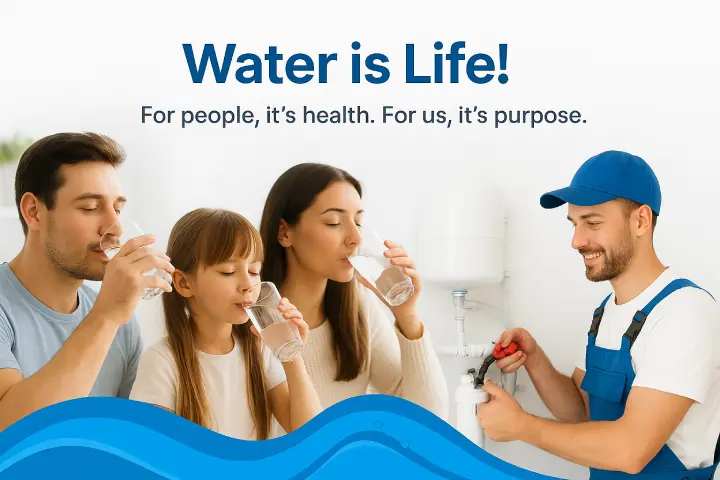

Clean water nurtures families, empowers businesses, and sustains the world we share.
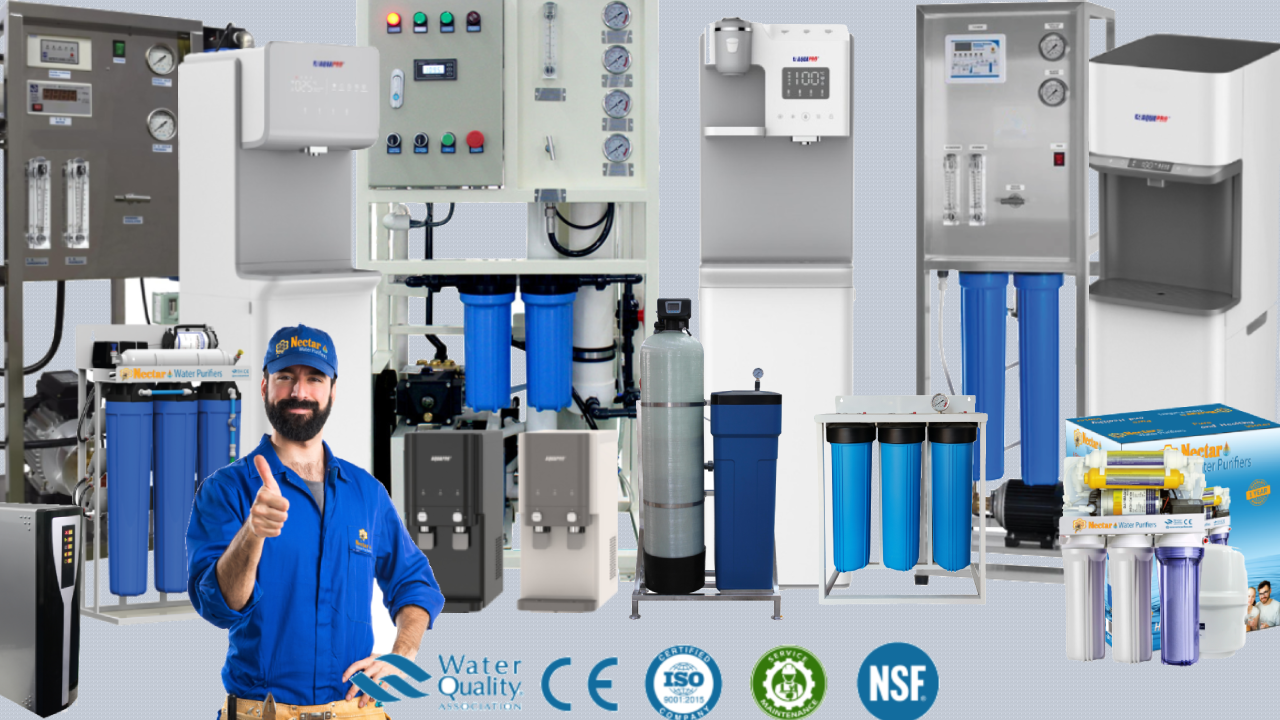
From purifiers and coolers to dispensers and tanks, Nectar makes water hassle-free.
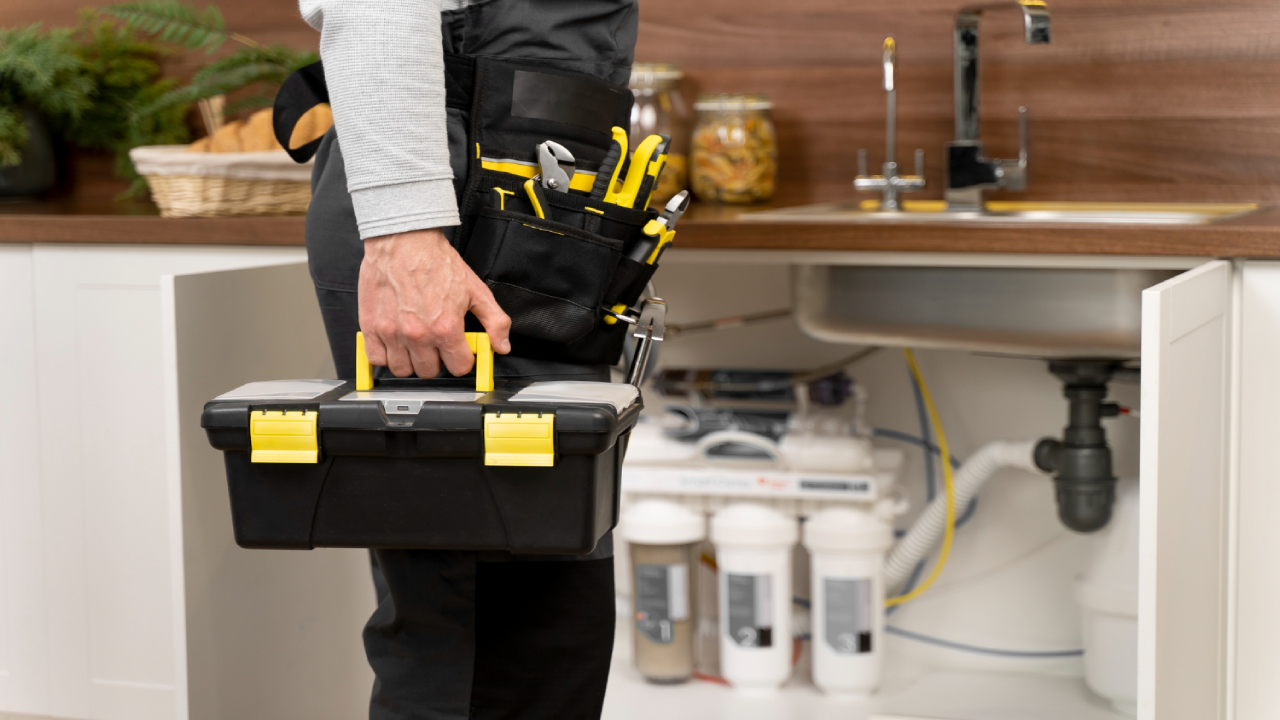
Our expert servicing and AMC solutions protect your systems year after year, keeping every drop safe.
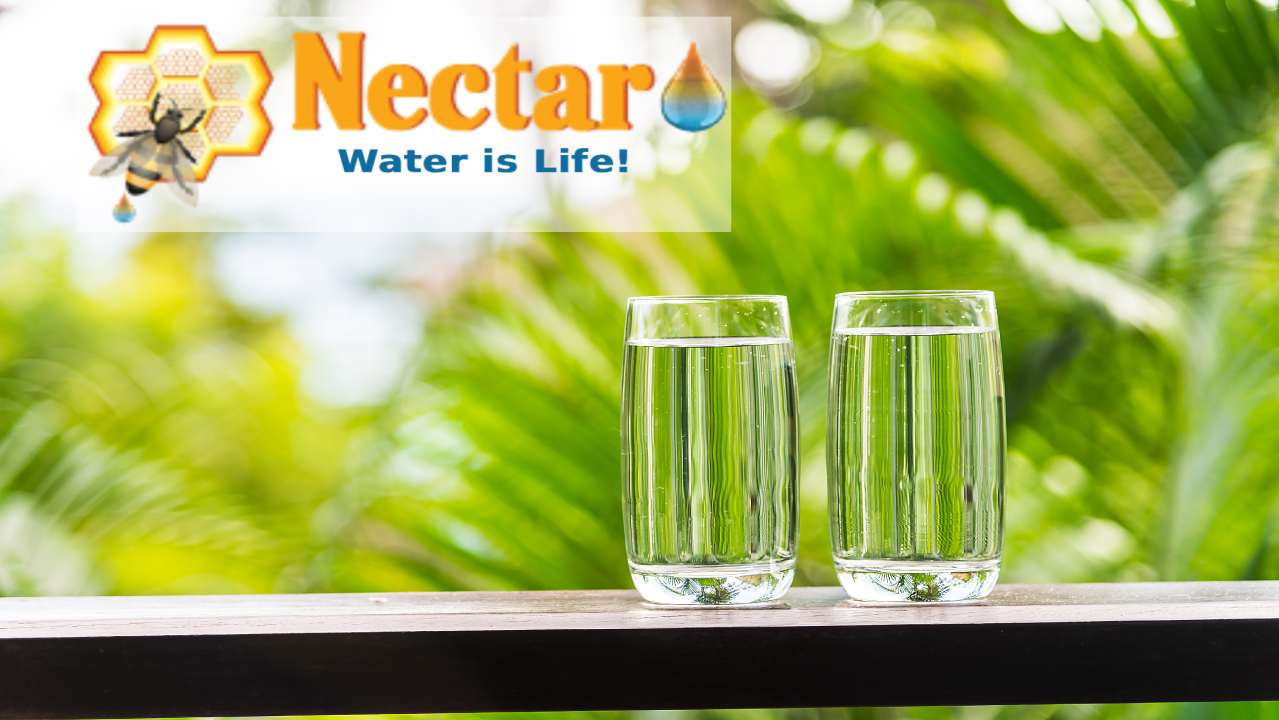
From every drop we safeguard to every system we serve, keeping water pure has been more than our business — it’s been our life’s promise for over 20 years.



On-call support, tank cleaning, and annual maintenance contracts (AMC) — because water needs care, not just equipment.
Consultation, on-call support, and AMC maintenance — end-to-end care from installation to after-sales.
Experience the convenience of our streamlined on-demand service, designed to cater to your needs swiftly and efficiently. Whether you require prompt maintenance, urgent assistance, or product delivery, our dedicated team is here to ensure your satisfaction with seamless solutions at your fingertips. Trust us for reliable and responsive service whenever you need it.
Thorough inspection and repair of your RO for issues like leakage, less water flow, dirty/smelly water etc.
Cleaning of filters, water tank and outer body for smooth functioning of your RO water purifier.
Annual care plan for your RO covering filter replacement, spare parts, unlimited repairs and cleaning services..
Replacement of filters & RO membrane by an expert engineer to ensure safe drinking water..
Uninstallation of your RO by an expert technician.
Installation and Re-installation of your RO by an expert technician.
Thorough inspection and repair of your UV Purifier for issues like leakage, less water flow, dirty/smelly water etc.
Cleaning of filters, water tank and outer body for smooth functioning of your UV water purifier.
Annual care plan for your UV covering filter replacement, spare parts, unlimited repairs and cleaning services..
Replacement of filters & UV Filter by an expert engineer to ensure safe drinking water..
Uninstallation of your UV Purifier by an expert technician.
Installation and Re-installation of your UV purifier by an expert technician.
Comprehensive mapping and exploration of deep-sea environments using advanced sonar systems, ROVs, and autonomous underwater vehicles. Our research reveals previously unknown ecosystems and helps establish marine protected areas in critical deep-sea habitats.
Exploring the deepest parts of Earth's oceans, documenting extremophile communities and their unique adaptations.
Studying chemosynthetic ecosystems around underwater volcanic vents and their role in ocean chemistry.
Mapping underwater mountains and their endemic species, crucial for deep-sea conservation efforts.
Protecting endangered marine species through habitat restoration, breeding programs, and policy advocacy. Our work spans from microscopic plankton to large marine mammals, ensuring biodiversity preservation across all ocean levels.
Comprehensive protection programs for endangered sea turtle species including nesting site protection and migration tracking.
Studying and protecting critical migration corridors for humpback, blue, and gray whales across ocean basins.
Protecting apex predators through fishing regulations, sanctuary establishment, and public education campaigns.
Investigating how climate change affects ocean ecosystems, from acidification and warming to sea level rise. Our research provides critical data for climate models and informs global policy decisions on ocean conservation.
Monitoring pH changes and their effects on calcifying organisms like corals, mollusks, and marine plankton.
Studying how rising temperatures affect marine metabolism, reproduction, and species distribution patterns.
Assessing coastal ecosystem changes and adaptation strategies for rising sea levels and increased storm intensity.
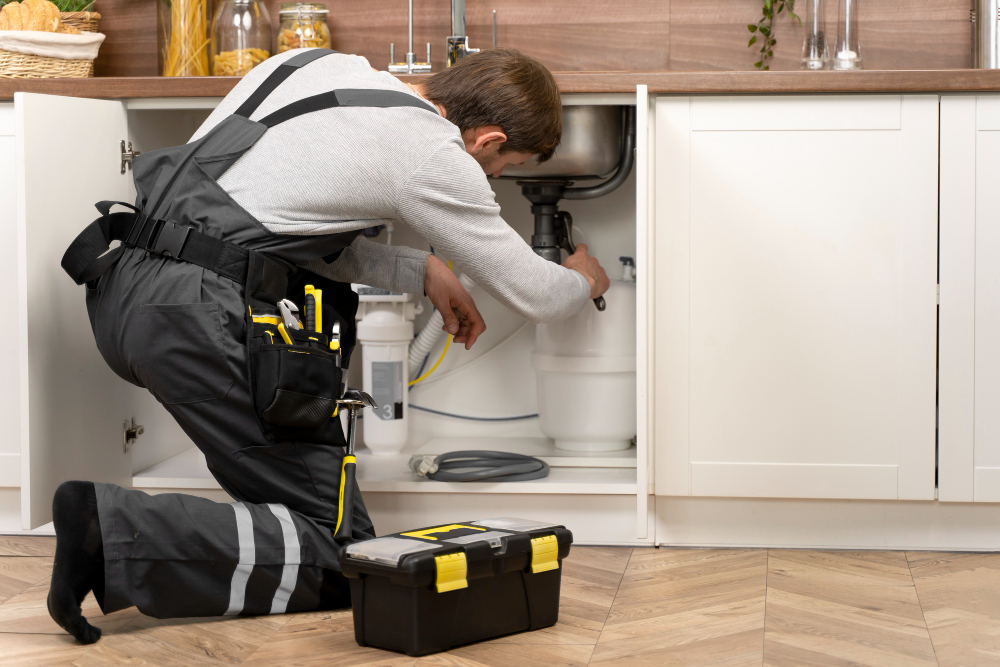
We provide Water Solutions & Purifier Services across UAE, and supply products accross Middle East.

Skilled UV and RO Service Technicians
Our team of technicians is highly trained and has years of experience in installing & maintaining. They undergo continuous training to stay updated with the latest advancements and techniques in the industry.

Fair and Transparent Pricing
Our team provide an honest assessment and upfront quote before any work begins. We ensure you get the best value without any hidden fees.

Authentic RO Membranes and Filters Used: Our Commitment to Quality
We use only authentic, high-quality spare parts to ensure your water purifier performs at its best. By using genuine components, we restore your system to its original working condition, providing lasting reliability and performance.

Annual Maintenance Plans for Water Purifiers Available
Ensure the longevity and optimal performance of your water purification system with our Annual Maintenance Contract (AMC). Our comprehensive contract covers regular maintenance checks, servicing, and any necessary repairs to keep your system running smoothly throughout the year.

Our Nectar Promise
With our experienced team at your service, you can rest assured that your water purifier will continue to deliver clean and healthy water for your home or business.
This powerful and compact system removes up to 99.99% of contaminants, ensuring you and your family have access to the best possible water quality.
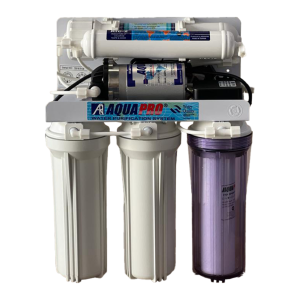
This powerful and compact system removes up to 99.99% of contaminants, ensuring you and your family have access to the best possible water quality.

Zero-latency optical switches with 100 million click durability and adaptive DPI that adjusts based on game genre detection.

Magnetic-levitation switches with adjustable actuation points and reactive per-key RGB lighting that responds to in-game events.

Microwoven surface with adaptive friction technology that changes resistance based on movement speed for precise control.
Water that contains concentrations of salts or bacteria that are too low to cause harm is known as potable water.
Potable water is not to be confused with pure water (in the chemical sense). Whereas potable water, though safe to drink, is likely contain small quantities of dissolved matter and micro-organisms.
Potable water is safe, clean drinking water. It meets health standards and is free from harmful contaminants such as bacteria, viruses, heavy metals, excess salts, chemicals, and emerging pollutants like microplastics.
Common sources of regular water include surface water (rivers, lakes), rainwater, and groundwater.
Not all water is safe to drink directly. Potable water has been treated, tested, and certified to ensure it is free from harmful substances, unlike untreated water from lakes, rivers, or some wells.
Access to potable water is essential for good health. Contaminated water can cause waterborne diseases (like cholera, diarrhea, and typhoid), damage appliances through scaling, and affect the taste of food and beverages.
Ensuring a reliable source of potable water protects your family, employees, and equipment.
Signs of unsafe water may include unusual color, odor, or taste, but many harmful contaminants are invisible.
The most reliable way is to have your water tested in a certified lab or use reliable filtration and purification systems.
Ask us about our free/basic water quality check.
There are several methods depending on the source and contamination level:
There are several methods depending on the source and contamination level:
Often, a combination system provides complete protection with best results.
Yes. Clear water isn’t always safe—microbes, dissolved salts, and chemicals are invisible to the naked eye. A purifier provides peace of mind by ensuring your water is consistently safe.
Yes. Clean water is essential not only for drinking but also for equipment longevity, food processing, manufacturing processes, and employee health. Customized industrial and commercial solutions ensure consistent water safety at scale.
We provide customized solutions for workplaces, commercial kitchens, and industrial plants.
Testing ensures that drinking water is safe, clean, and free from harmful contaminants like bacteria, heavy metals, pesticides, and excess minerals. Regular testing builds trust and guarantees compliance with health standards.
For equipment longevity, food processing, manufacturing processes, and employee health. Regular testing builds trust and guarantees compliance with health standards.
Potable water is tested through a combination of physical, chemical, and microbiological tests:
Potable water is tested through a combination of physical, chemical, and microbiological tests:
pH measures how acidic or alkaline water is, on a scale of 0–14. Safe drinking water typically has a pH between 6.5 and 8.5.
Very acidic or alkaline water may irritate skin and eyes.
TDS (Total Dissolved Solids): is the amount of minerals, salts, and metals dissolved in water. While some minerals are beneficial, very high TDS can affect taste and safety. Safe drinking water usually has a TDS level below 500 mg/L (WHO guideline).
Higher TDS can make water taste salty or bitter.
Hardness Caused by calcium & magnesium salts.
Effects on health: Drinking hard water is not generally harmful in small amounts, but long-term consumption may contribute to kidney stones, gallstones, or cardiovascular issues in sensitive individuals.
Effects on skin & hair: leaves soap residue. Hard water strips natural oils, leaving skin dry/itchy and hair dull, frizzy, or brittle. Hard water is a common cause of eczema flare-ups and dandruff.
Effects on eyes: may cause irritation or burning sensation when showering.
Effects on appliances: scaling in pipes, geysers, kettles.
Solution: Our purification and filter systems soften water and we also provide Water Softners for various uses.
Residual Chlorine: Chlorine is added to kill bacteria, but excessive amounts may cause:
Skin & eyes: Irritation, dryness, redness, and itching (especially during showering or swimming).
Hair: Dryness, fading of hair color, and brittleness.
Taste & odor: Strong smell and unpleasant taste in drinking water.
Ideally, chlorine levels should be just enough for disinfection but not excessive.
Salinity: Refers to dissolved salts (mainly sodium chloride) in water.
High salinity in drinking water: Causes salty taste, may increase blood pressure, and is unsuitable for people with kidney or heart issues.
In daily use: High salinity damages pipes, corrodes appliances, and makes soap less effective.
For agriculture/industry: Salinity affects crop growth and industrial machinery.
Filtration: Removes physical impurities like dirt, rust, and sediments.
Purification: Uses advanced methods (RO, UV, UF, etc.) to remove microbes, chemicals, and dissolved salts, making water safe to drink.
Treatment: Broad term for industrial/commercial processes that improve water quality for specific uses (e.g., desalination for seawater, softening for hard water, ozonation for disinfection).
Water is forced through a semi-permeable membrane under high pressure, removing dissolved salts, heavy metals, nitrates, fluoride, microplastics, PFAS, and many emerging contaminants.
Best for: Comprehensive purification when High TDS, salinity, or heavy metal contamination.
Limitations: Wastes some water during purification; may reduce beneficial minerals (can be re-mineralized)
Applications: Homes, offices, industries, food/beverage, seawater desalination
Membranes with very small pores filter out bacteria, cysts, protozoa, and some microplastics while allowing minerals to remain.
Best for: Low TDS water with microbial contamination
Limitations:
Applications: Homes with municipal water supply, pre-treatment for RO
UV uses ultraviolet light to kill bacteria and viruses by disrupting their DNA.
Best for: Microbial disinfection
Limitations:
Applications: Municipal water supplies, offices, homes (when combined with other filters)
Ozone (O₃) is a powerful oxidant used to disinfect water by killing microbes, breaking down organic matter, and reducing odor.
Best for: Disinfection without chemicals like chlorine
Limitations: Ozone must be generated on-site; no residual protection after treatment
Applications: Bottled water plants, swimming pools, industrial disinfection, food industry
Ionization systems use copper and silver ions released into water to kill bacteria, algae, and fungi.
Best for: Large storage tanks, swimming pools, cooling towers
Limitations: Slower action than chlorine/ozone; mainly a supplemental method
Applications: Hotels, hospitals, commercial water storage
Nanofiltration uses a semi-permeable membrane with extremely fine pores (smaller than Ultrafiltration but larger than RO) to remove contaminants. It works under moderate pressure and blocks many organic molecules, pesticides, pharmaceuticals, and divalent salts (like calcium & magnesium).
Best for:
Limitations:
Applications:
Desalination removes salt and minerals from seawater or brackish water to make it drinkable.
Main methods: Reverse Osmosis (most common), Multi-Stage Flash Distillation, Electrodialysis
Limitations: Energy-intensive; higher cost compared to standard purification
Applications: Coastal areas, industries requiring low-salt water, ships, islands
Water softeners replace hardness-causing minerals (calcium, magnesium) with sodium or potassium ions.
Best for: High hardness water that causes scaling and appliance damage
Limitations: Not suitable as standalone drinking water treatment (used with RO for safe drinking water)
Applications: Homes, factories, laundries, hotels, industries
Activated carbon absorbs chlorine, pesticides, organic compounds, and bad odor/taste from water.
Best for: Removing chlorine and improving taste/odor
Limitations: Needs periodic replacement; doesn’t remove salts or microbes alone
Applications: Homes, offices, restaurants, pre-treatment for RO/UV
Water is boiled into steam, then condensed back into pure water, leaving contaminants behind.
Best for: Producing highly pure water (lab or medical use)
Limitations: Very energy-intensive; slow process
Applications: Laboratories, pharmaceuticals, specialized industrial processes
Yes. Most modern systems use a multi-stage process for complete purification:
RO + UV + UF + Carbon Filter → Covers salts, microbes, chlorine, taste/odor.
Softener + RO → Hardness + dissolved salts.
UF + UV → For municipal water with low TDS but microbial risks.
We can provide customized solutions based on your water test results and/or usage needs.
The right choice depends on:
Source water quality: TDS, hardness, microbes, chemicals, salinity.
Usage: drinking, cooking, bathing, industrial processes.
Scale: individual home vs. office vs. factory vs. agricultural use.
We provide professional water testing and suggest the most cost-effective, reliable technology for you.
These are pollutants that were not traditionally tested for in water but are now becoming a concern worldwide. They often come from modern lifestyles (plastics, medicines, chemicals) and can be harmful even in very small amounts.
Microplastics– Tiny plastic particles from bottles, packaging, and synthetic clothes.
Health effects: Digestive irritation, possible long-term toxicity.
Solution: RO, UF, advanced membranes.
Pharmaceutical residues & hormones – Medicines, painkillers, and birth-control hormones entering sewage.
Health effects: Hormonal imbalance, antibiotic resistance.
Solution: Activated carbon, RO, ozonation.
PFAS (“Forever Chemicals”) – Found in non-stick cookware, food packaging, and firefighting foam.
Health effects: Linked to cancer, liver damage, hormone disruption.
Solution: RO, activated carbon, ion exchange.
Endocrine Disrupting Chemicals (EDCs) – Plastics (like BPA), detergents, pesticides.
Health effects: Fertility problems, thyroid issues.
Solution: RO + carbon filtration.
Nitrates & Nitrites – Fertilizer runoff and sewage.
Health effects: Dangerous for infants (“blue baby syndrome”), linked to cancer.
Solution: RO, ion exchange, distillation.
Algal Toxins (Cyanotoxins) – From algae blooms in lakes and reservoirs.
Health effects: Stomach illness, liver damage, skin irritation.
Solution: Activated carbon, ozonation.
Nanoparticles – From modern industries (electronics, paints, textiles).
Health effects: Under research; may build up in organs.
Solution: RO, nanofiltration.
Disinfection By-products (DBPs) – When chlorine reacts with organic matter in water.
Examples: Trihalomethanes (THMs).
Health effects: Long-term exposure may increase cancer risk.
Solution: Activated carbon, aeration, ozonation.
Not all sources of water have them, but studies show they are increasingly common in both tap water and bottled water worldwide. While many are still being studied, reducing exposure is always safer.
Basic filters (sediment, carbon) cannot remove most of these emerging contaminants. Advanced technologies are required depending on the pollutant:
Basic filters (sediment, carbon) can’t remove most of these pollutants. Advanced solutions like RO, UF, UV, activated carbon, ozonation, or ion exchange are required depending on the contaminant
Explore the science, technology, and care behind clean, safe water — from RO, UF, UV, and NF purification to coolers, dispensers, and maintenance tips.
Dive deeper into water technology, maintenance tips, and industry trends through our curated blog articles.

Learn how different purification technologies work and which one suits your home or office best.
Read More →
Simple steps to keep your water cooler hygienic and functioning efficiently.
Read More →
Best practices to ensure the water you consume is always clean and safe.
Read More →